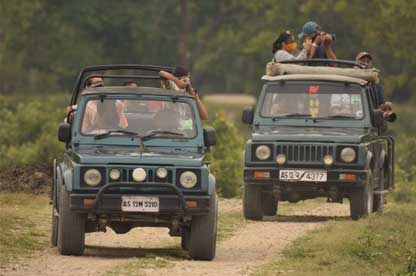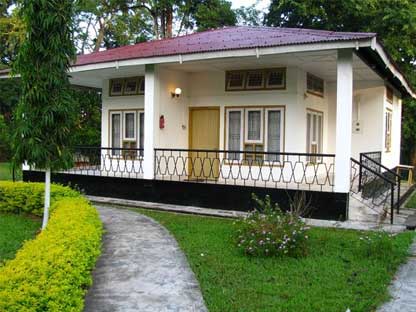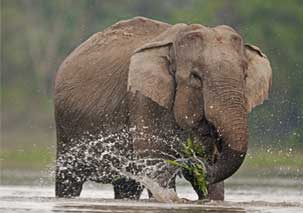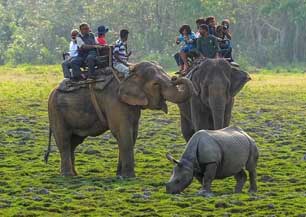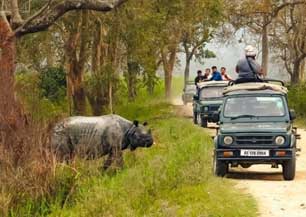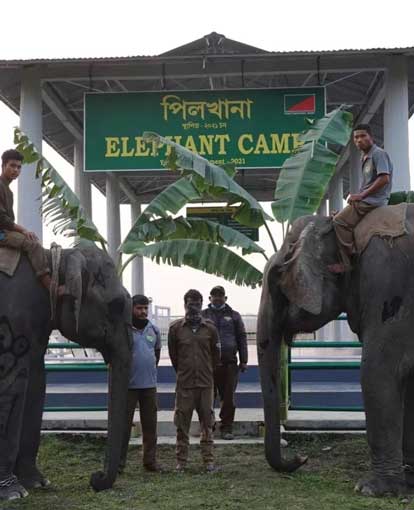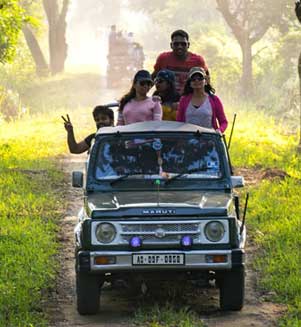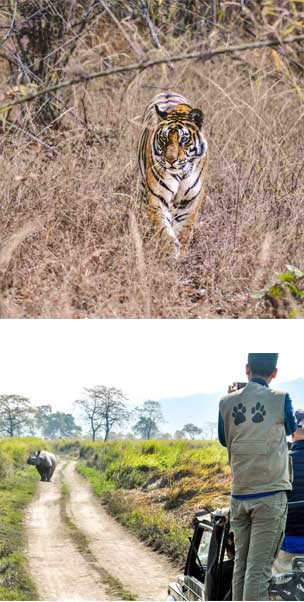For the safari booking, please provide us the following details
- The full name, age, sex of every visitor as printed on the original identity cards
- Booking calendar is perfect and given ease your booking procedure
- Kindly select your preferred travelling date & Safari slot and timing (Morning/Afternoon)
- Specific ID card number of your (Voter Id, Aaadhar No, Driving license No, etc.)
- Safari amount has to be paid in advance in full
- E-permits are non-refundable once the permit is confirmed online
- Passport details are mandatory for making a reservation for foreigner tourist
- Safari permit is issued on a first come first serve basis (subject to availability)
- In case of any revision of fees after the booking, visitors will be liable to pay the difference at the time of entry into the park.
- The visitors are required to report at the boarding place 15 min prior to the scheduled departure of the safari.
- Mode of transport for safari in Kaziranga is used only Jeep and Elephant
- Remember that entire procedure of safari booking is governed by the Kaziranga forest department and we also abide by the rules of forest department.

